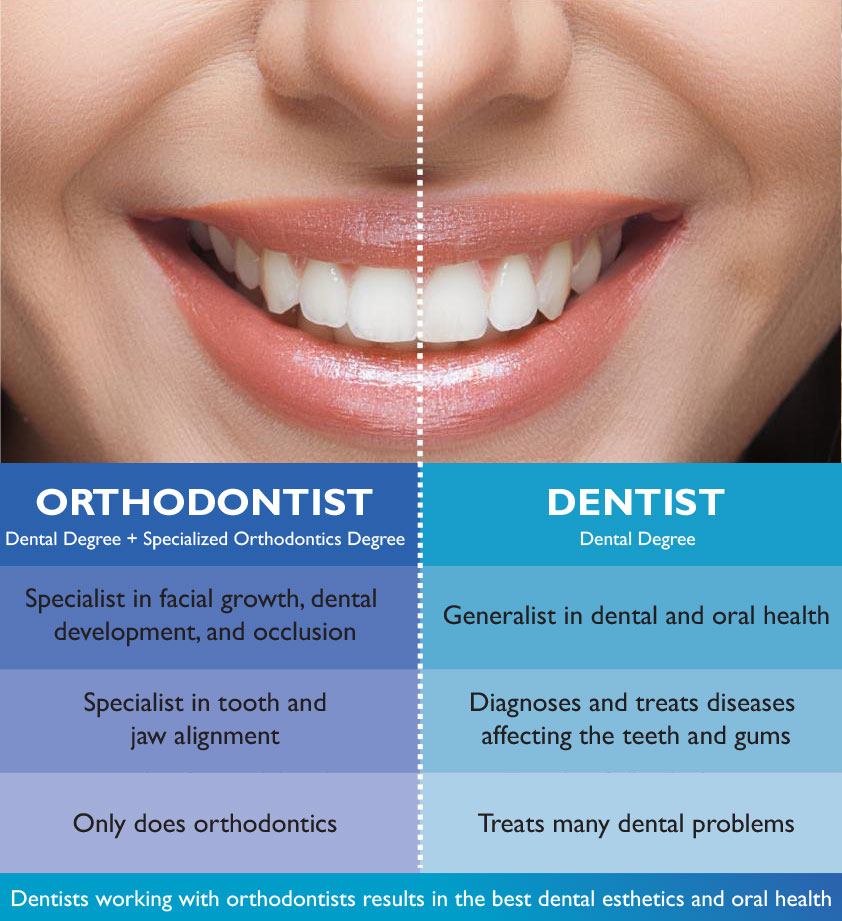Causey Orthodontics Can Be Fun For Everyone
Table of ContentsOur Causey Orthodontics DiariesThe Ultimate Guide To Causey OrthodonticsThe Definitive Guide to Causey OrthodonticsThe Ultimate Guide To Causey OrthodonticsSome Known Factual Statements About Causey Orthodontics
Ignoring occlusal connections, it was common to eliminate teeth for a range of oral concerns, such as malalignment or congestion. The concept of an intact dentition was not widely appreciated in those days, making bite correlations appear pointless. In the late 1800s, the concept of occlusion was vital for creating dependable prosthetic replacement teeth.As these concepts of prosthetic occlusion progressed, it ended up being a vital tool for dentistry. It remained in 1890 that the job and influence of Dr. Edwards H. Angle started to be felt, with his contribution to contemporary orthodontics particularly noteworthy. Initially concentrated on prosthodontics, he showed in Pennsylvania and Minnesota before routing his interest in the direction of oral occlusion and the treatments required to preserve it as a normal problem, thus becoming called the "daddy of contemporary orthodontics".

The idea of ideal occlusion, as postulated by Angle and included right into a classification system, allowed a change towards treating malocclusion, which is any type of inconsistency from normal occlusion. Having a full collection of teeth on both arches was highly looked for after in orthodontic therapy as a result of the requirement for exact relationships in between them.
The Best Strategy To Use For Causey Orthodontics
As occlusion came to be the crucial concern, face proportions and appearances were disregarded - orthodontist services. To achieve excellent occlusals without making use of external pressures, Angle postulated that having perfect occlusion was the very best way to acquire optimal face looks. With the passing away of time, it came to be quite apparent that even a phenomenal occlusion was not appropriate when considered from a visual perspective
Charles Tweed in America and Raymond Begg in Australia (that both studied under Angle) re-introduced dentistry removal right into orthodontics throughout the 1940s and 1950s so they can improve facial esthetics while also ensuring better stability worrying occlusal relationships. In the postwar duration, cephalometric radiography begun to be utilized by orthodontists for determining adjustments in tooth and jaw position created by growth and treatment. It became evident that orthodontic treatment can change mandibular advancement, leading to the formation of functional jaw orthopedics in Europe and extraoral pressure measures in the United States. Nowadays, both functional home appliances and extraoral devices are applied around the globe with the aim of amending development patterns and types. Subsequently, seeking real, or a minimum of improved, jaw relationships had come to be the main goal of treatment by the mid-20th century.
Our Causey Orthodontics PDFs
 Till the mid-1970s, dental braces were made by covering metal around each tooth. https://sway.cloud.microsoft/BERzLIlUtJfwYkrJ?ref=Link., it came to be possible to instead bond steel brackets to the teeth.
Till the mid-1970s, dental braces were made by covering metal around each tooth. https://sway.cloud.microsoft/BERzLIlUtJfwYkrJ?ref=Link., it came to be possible to instead bond steel brackets to the teeth.This has had meaningful effects on orthodontic treatments that are carried out routinely, and these are: 1. Right interarchal relationships 2. Right crown angulation (tip) 3.
The benefit of the style lies in its brace and archwire mix, which needs only very little cord flexing from the orthodontist or clinician (orthodontist near me). It's aptly named hereafter function: the angle of the slot and density of the bracket base ultimately determine where each tooth is located with little demand for added manipulation
The Single Strategy To Use For Causey Orthodontics
Both of these systems employed similar brackets for each tooth and demanded the flexing of an archwire in three aircrafts for finding teeth in their wanted settings, with these bends determining supreme positionings. When it pertains to orthodontic home appliances, they are split into 2 types: detachable and fixed. Removable devices can be tackled and off by the person as required.

Thus, virtually all modern-day set devices can be considered variations on this edgewise home appliance system. Early 20th-century orthodontist Edward Angle made a significant contribution to the globe of dentistry. He produced four distinct home appliance systems that have actually been utilized as the basis for several orthodontic treatments today, preventing a couple of exemptions.
How Causey Orthodontics can Save You Time, Stress, and Money.

The cable ended in a string, and to relocate it onward, an adjustable nut was made use of, which enabled a boost in area. By ligation, each private tooth was affixed to this large archwire (cheapest orthodontist near me). Because of its minimal variety of motion, Angle was unable to attain accurate tooth placing with an E-arch
These tubes held a firm pin, which might be repositioned at each visit in order to move them in position. Dubbed the "bone-growing device", this gizmo was supposed to urge much healthier bone development because of its potential for moving pressure straight to the origins. Nonetheless, executing it confirmed bothersome actually.
Comments on “Our Causey Orthodontics PDFs”